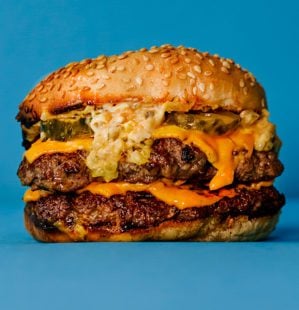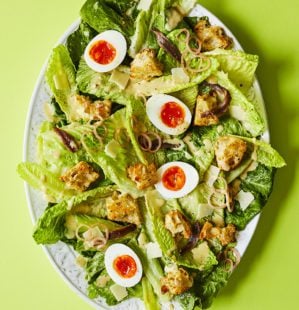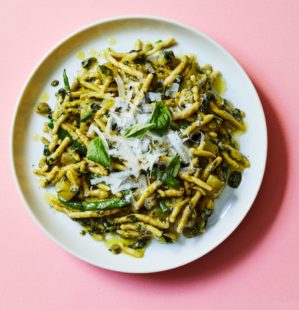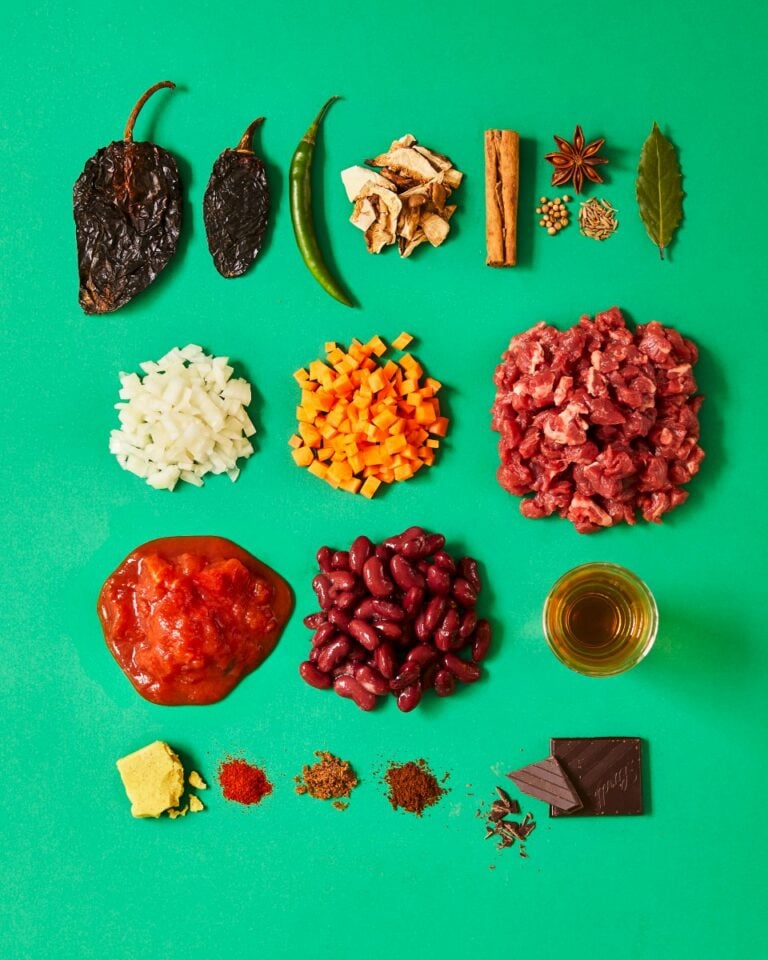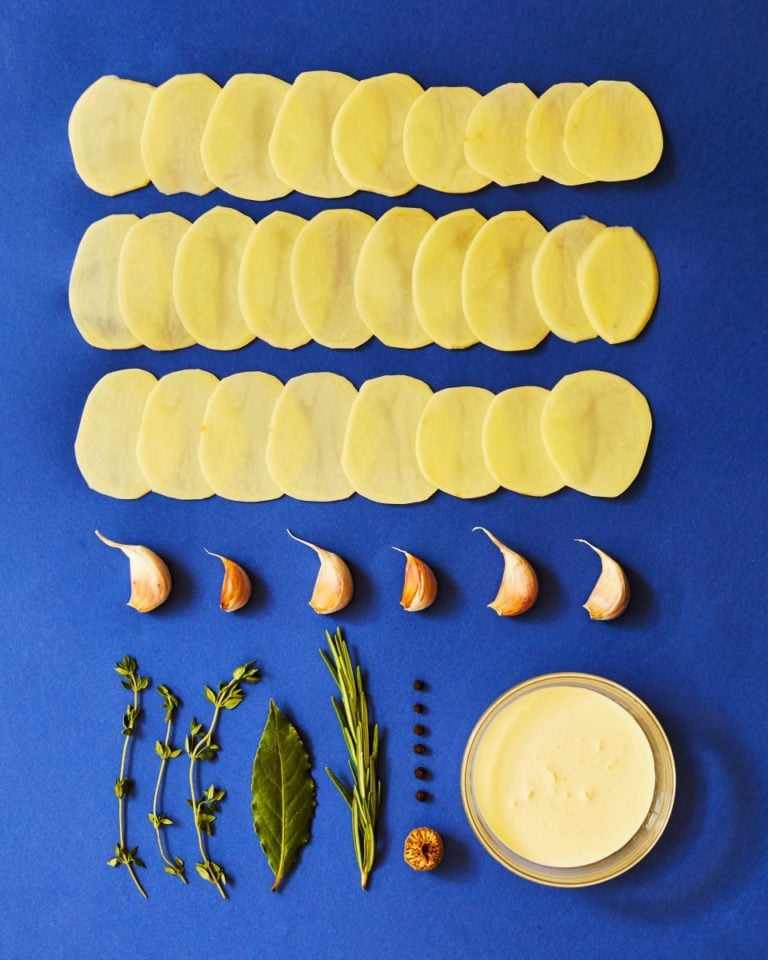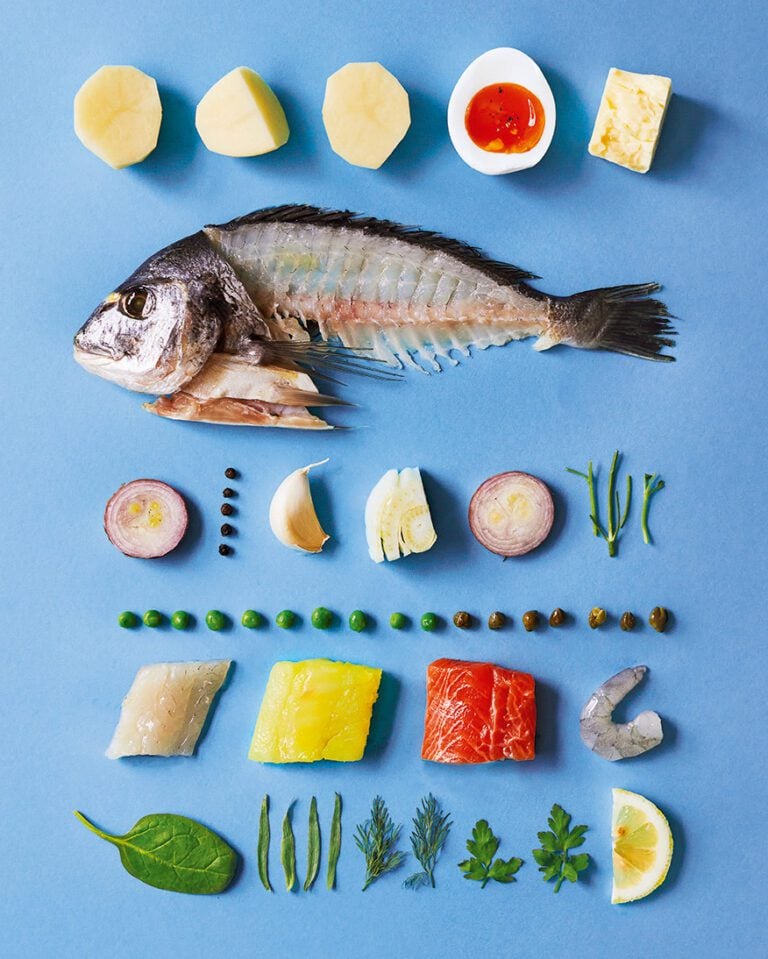Best of the best: how to make the ultimate French onion soup
No shortcuts. No cheat ingredients. Our best of the best series takes the view that if something’s worth doing, it’s worth doing right. Each month we take a deep-dive into a classic dish, delving into the processes and analysing why it tastes so good, then we share the ultimate recipe. This time Pollyanna Coupland lifts the lid on a Gallic favourite, French onion soup…
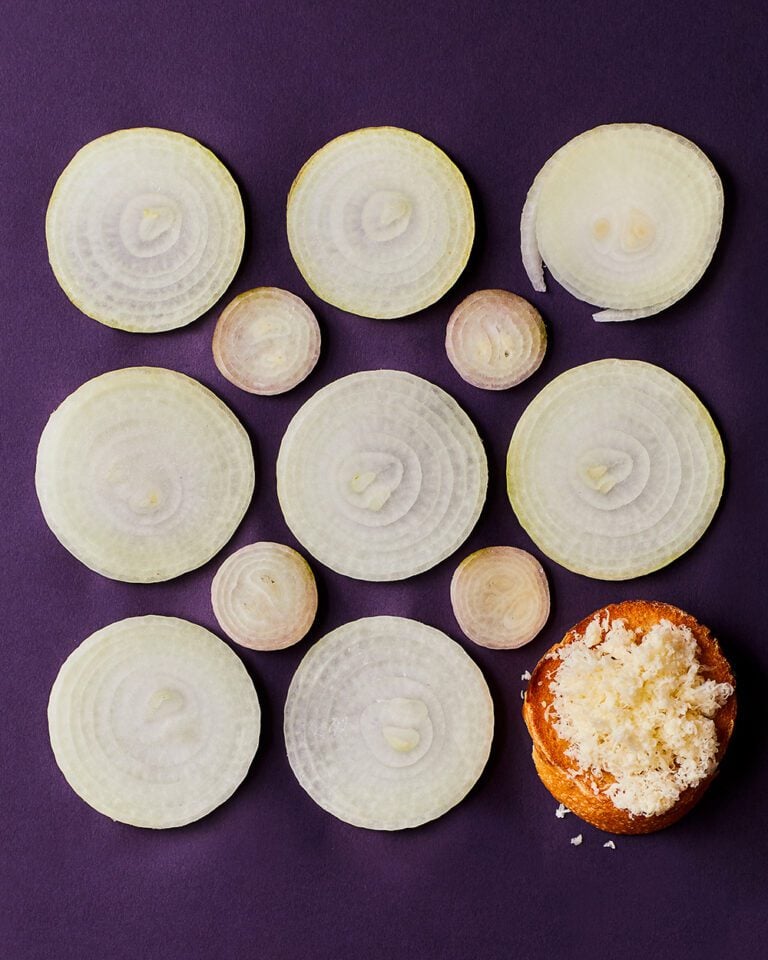
A big bowl of caramelised onions topped with hefty melted-cheese croutons is the perfect antidote to a cold day. Onion soup essentially consists of just onions (surprise!) and stock and it’s said to date back to Roman times. Onions were easy to grow and therefore cheap, so soupy onions remained a peasant staple until the 18th century, when the French king, Louis XV, ‘invented’ a new dish in a hunting lodge using onions, butter and champagne (all he had to hand). Suddenly, onion soup was en vogue and France’s best chefs upgraded the soup to the beefy, cheese crouton-topped creation we know and love today. Here’s how to make my ultimate version…
Know your onions
Some recipes call for sweeter white onions, but I find big yellow (or brown) onions are best for this soup, along with banana shallots for a better balance of depth and sweetness. White onions can result in something that’s a little too sweet. I’m one of those people who thinks whenever there are onions, garlic must follow, but on this rare occasion, the garlic isn’t needed; we want it to be all about the onions.
Take your time
You can’t rush caramelising the onions or they’ll taste burnt and bitter; some say to add sugar for sweetness, but then you lose out on the depth of flavour you get from properly caramelised onions. Here’s how to do it.
• You’ll need a large, heavy-based pan. It’ll look full at the start, but by the time the onions caramelise they’ll have shrunk a huge amount.
• Slice the onions finely and evenly to ensure uniform caramelisation and cook in butter rather than oil for a richer flavour.
• Stir in a big pinch of salt at the beginning, as it helps break down the structure of the onions, bringing out their moisture.
• Cover the pan for the first hour of cooking. This creates steam, which helps soften and cook the onions at the top of the pan. Once the lid is removed, the liquid will evaporate and the onions will start to turn a deep caramel colour.
• Be vigilant with your stirring, especially after the first hour. There’s no point waiting two hours, only to burn the onions at the end.
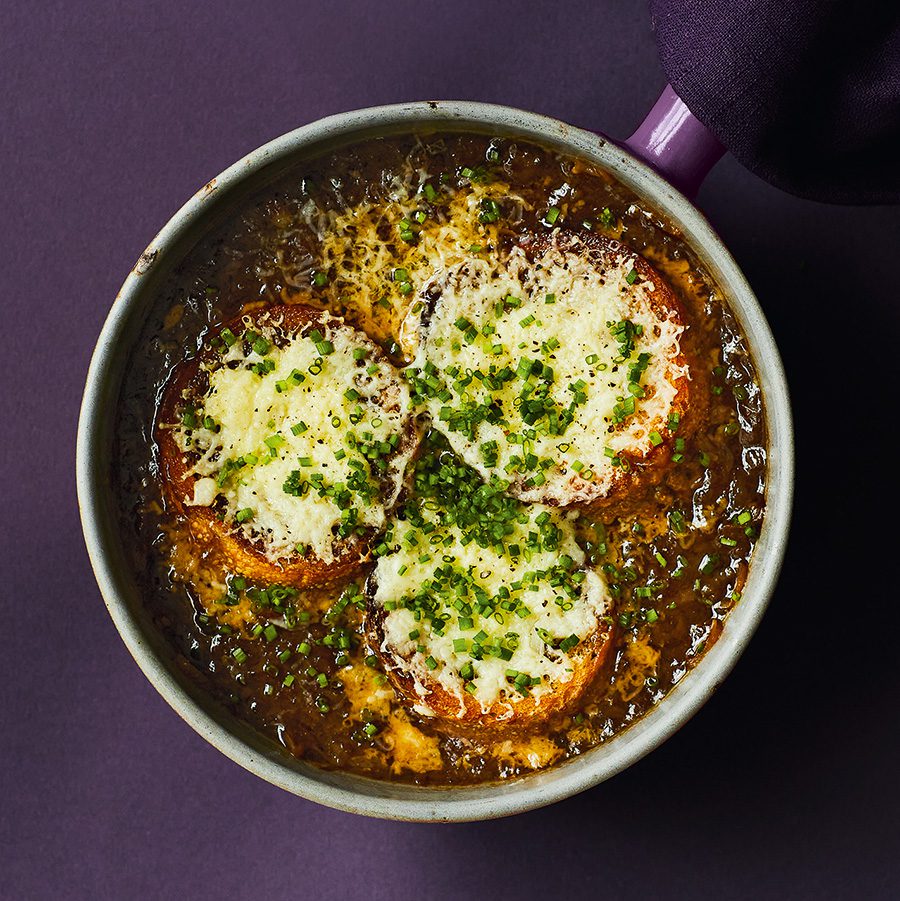
Get radical with stock
French onion soup is traditionally made with beef stock, which can be difficult to make at home (it requires lots of big beef bones and time) but the ready made ones in the shops aren’t up to scratch either. The solution? A knockout homemade chicken stock, given a bolder boost of flavour thanks to a few tricks. It might have Escoffier turning in his grave due to its lack of orthodoxy, but it works.
Roasting a chicken carcass (even if it’s from an already roasted chicken) until bronzed in the oven gives your stock that deep brown colour and rich flavour. I’ve also added red wine, which isn’t often used in stock but gives a lovely dark colour and deep, fruity undertone. Extra umami-boosting secret ingredients are also added to the stock to give the illusion of beef without having to use actual bones – dried porcini and some beefy Bovril, which adds a rich, yeasty, malty flavour.
"When it’s cold outside, holing up in the kitchen and spending a few hours surrounded by gently bubbling pots while delicious aromas fill the house is how I like to spend my time – and the end result is amazing."
Put it together
Once you’ve taken the time to caramelise the onions and simmer the stock (both take about the same amount of time), assembling the soup doesn’t take long at all (and bear in mind that both the stock and the onions can be made in advance and chilled or frozen).
All that’s needed now is some booze for depth of flavour and some all important seasonings. The alcohol used seems to differ from recipe to recipe (even the super-traditional ones). Louis XV used champagne; most modern chefs opt for white wine, sherry or brandy, but my favourite in testing was marsala wine – the sweet, caramelised tones match the soup exquisitely. I also add Worcestershire sauce for a punch of umami and a splash of vinegar – the sharpness cuts through the sweet richness and lifts the dish from good to great (or so-so to, if I say so myself, souperb).
Add your crunch
After all that work and time, it’s the slices of cheese on toast on top of your soup that’ll catch everyone’s eye. They need to be made from slices of well toasted baguette, covered in comté cheese and put under the grill until speckled brown and bubbling.
Traditionally the soup is served in ovenproof ramekins so the toasts can be melted while floating on the soup – this does make a difference, as the melted top fuses into a sort of lid, trapping the liquid underneath. Finally, sticking with the allium family, I love to finish the dish with a fresh pop of green in the form of some finely sliced chives. And don’t forget plenty of black pepper.
Now you’re ready to make the best of the best French onion soup recipe.
Subscribe to our magazine
Food stories, skills and tested recipes, straight to your door... Enjoy 5 issues for just £5 with our special introductory offer.
Subscribe
Unleash your inner chef
Looking for inspiration? Receive the latest recipes with our newsletter
